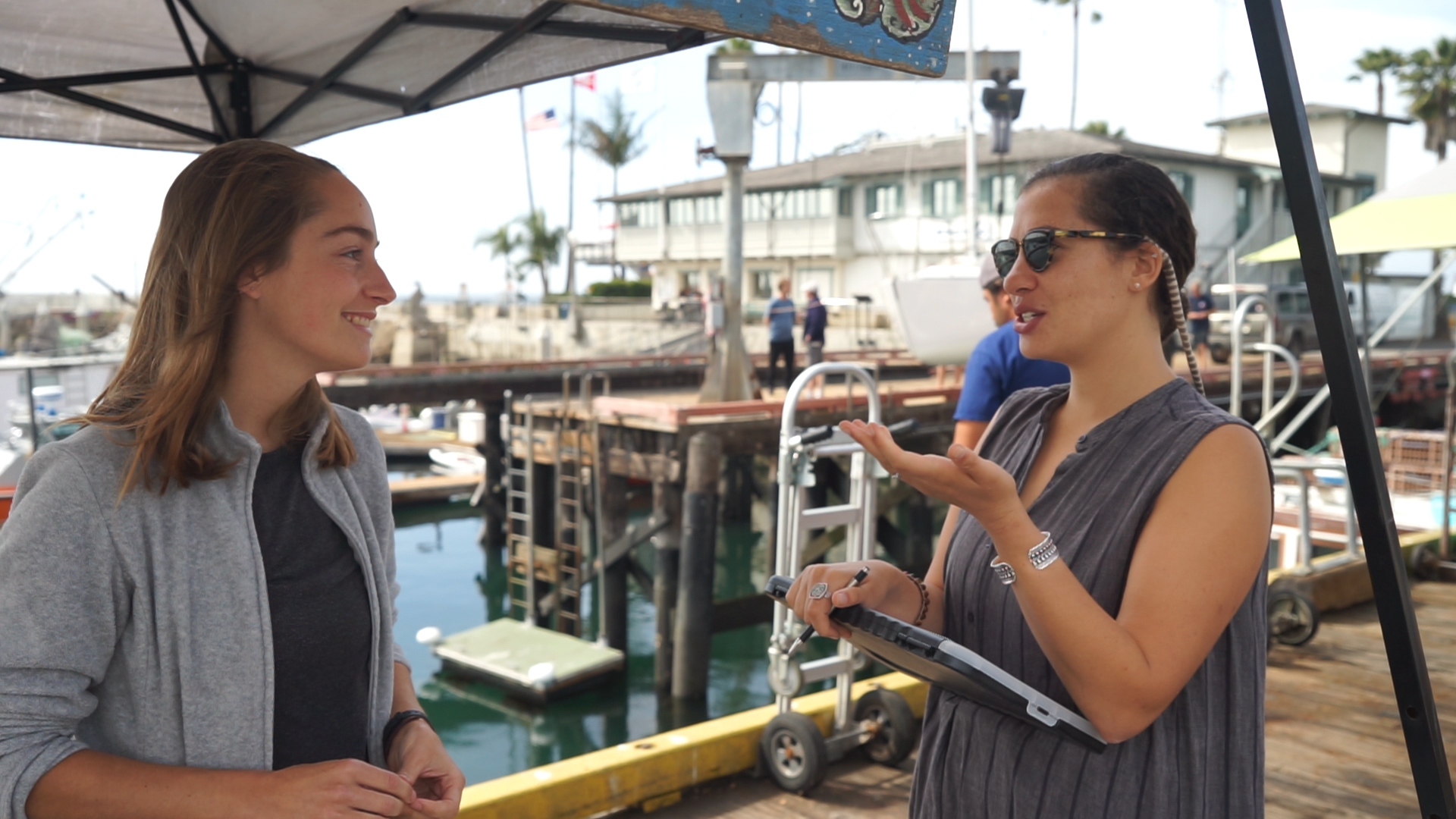When Timnit Kefela was an undergraduate at Rutgers University, she worked in a lab that used microbes to help plants become drought-resistant. The project captivated Timnit, whose community experienced drought and resulting food rationing in her home city of Nairobi, Kenya.
“I had no idea that science could give me agency over problems that I didn’t think I could solve,” said Timnit.
Timnit came to UC Santa Barbara’s Bren School of Environmental Science & Management to continue her work on pollutants and food systems. Timnit, along with master’s student Kazia Mermel ’21, received the Robert L. Boughton Jr. Endowed Environmental Communication Fellowship.
The Bren School Strategic Environmental Communication & Media Program provides students with tools to educate, engage, persuade, and motivate behavior change. The Boughton Fellowship provides support for students who are committed to making a difference in the field as communicators. Boughton Fellows take courses in strategy, writing and presentation skills, data visualization, survey design and environmental public opinion, environmental media production, social media and the environment, and marketing.
“If scientific research is not communicated effectively, it can remain in an academic echo chamber, unseen and unheard by those who would benefit from it most,” said Bob Boughton ’80.
The Boughton Fellowship recognized the efforts of Timnit and Kazia, two students working toward environmental justice. According to the Environmental Protection Agency, environmental justice will be achieved when everyone enjoys the same degree of protection from hazards and equal access to the decision-making process to have a healthy environment in which to live, learn, and work.
